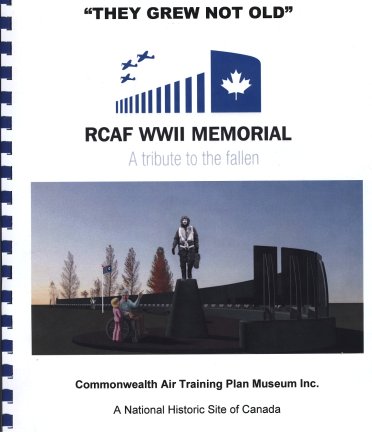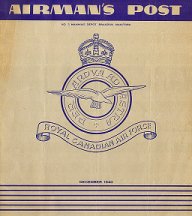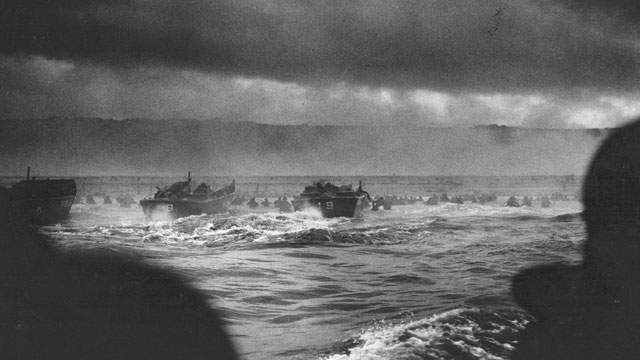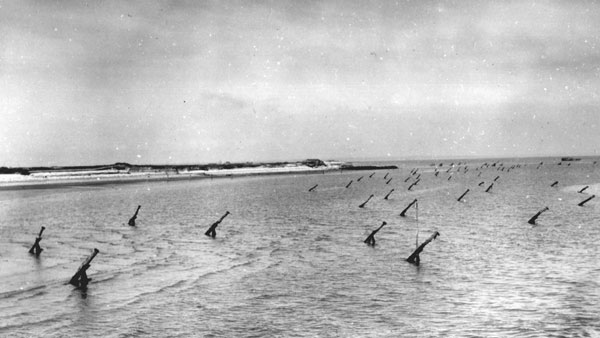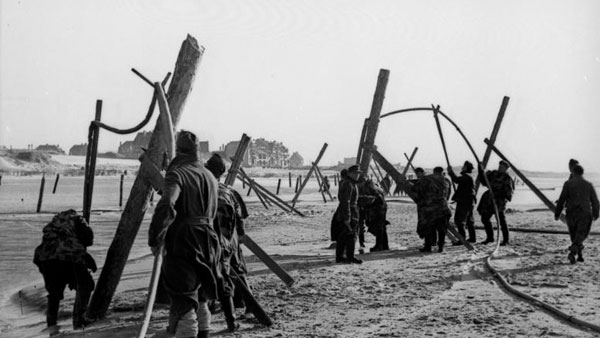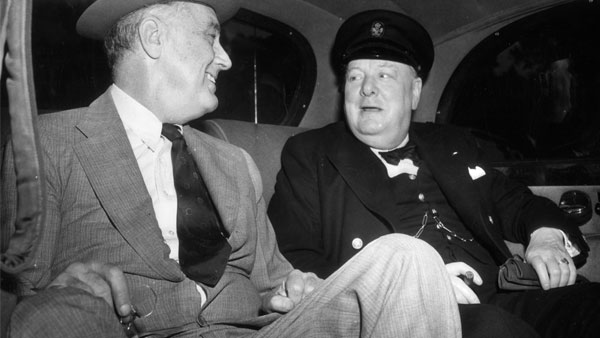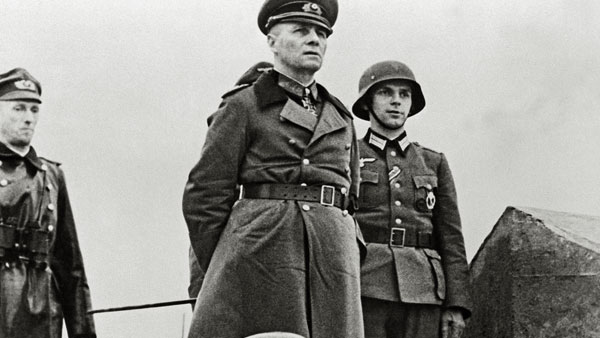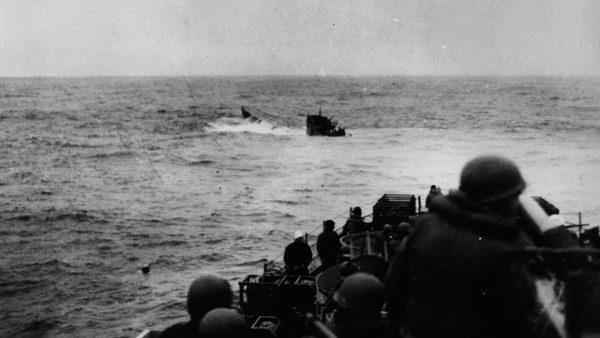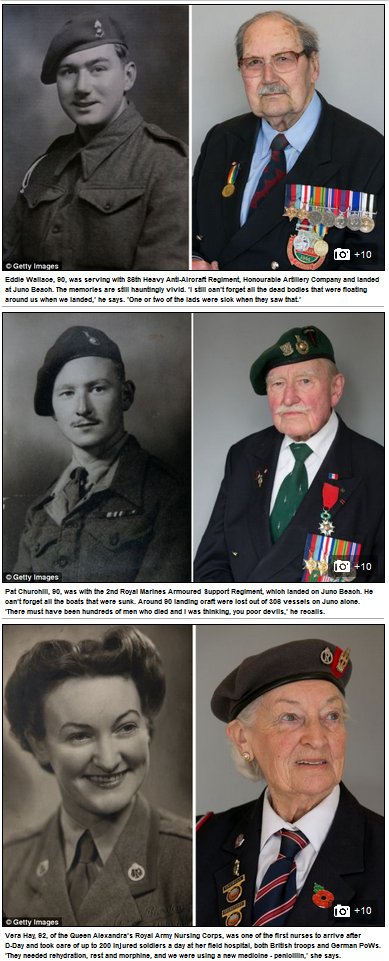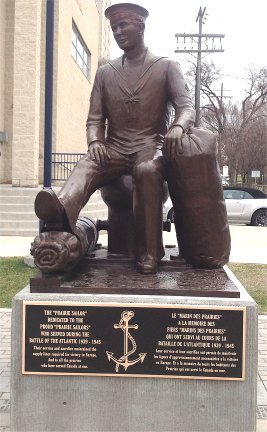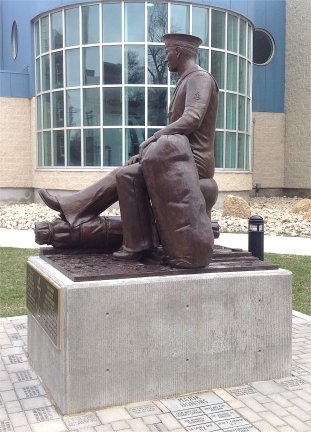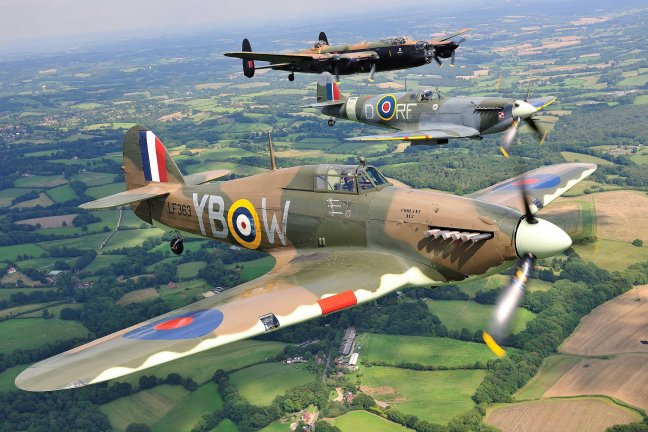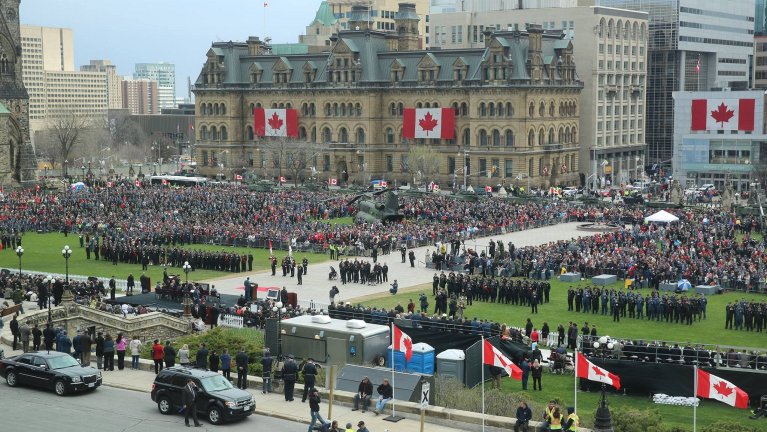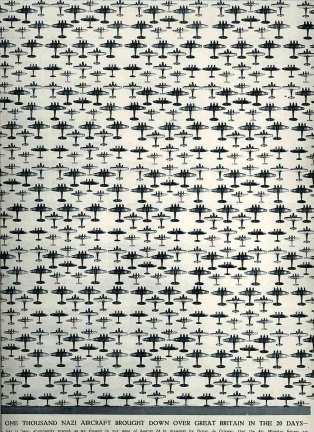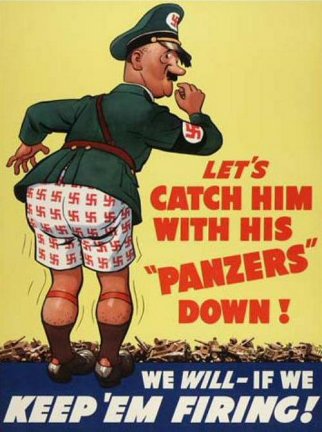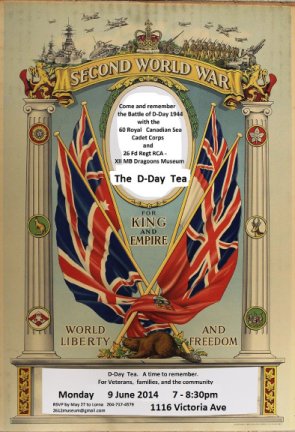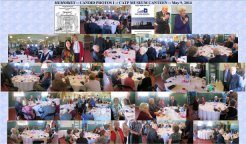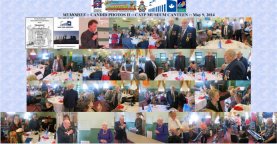Prairie Sailor honours sacrifice
Statue a memorial to the
war at sea
Winnipeg Free Press ~ May 5,
2014

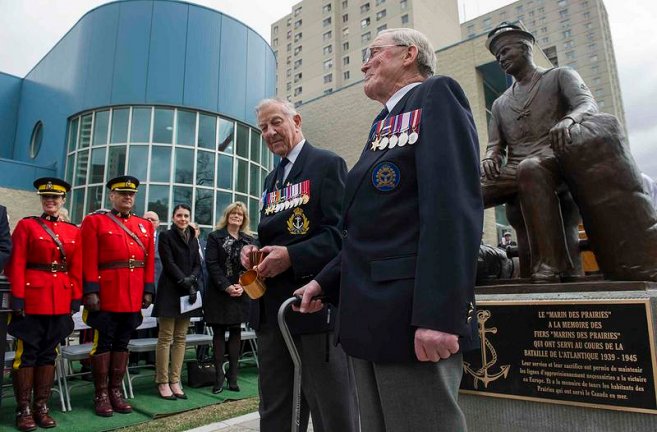
Veterans of the Battle of the Atlantic Bob Watkins
(left) and Harold Hughes
after pouring water from the High Arctic at the statue's
base Sunday.
 Called the Prairie Sailor Statue and sculpted by Winnipeg
artist Helen Granger Young, the monument recognizes that Winnipeg was the
third-largest naval recruiting centre in Canada during the Second World
War, exceeded only by those on the East Coast and West Coast.
Called the Prairie Sailor Statue and sculpted by Winnipeg
artist Helen Granger Young, the monument recognizes that Winnipeg was the
third-largest naval recruiting centre in Canada during the Second World
War, exceeded only by those on the East Coast and West Coast.
The dedication was held in conjunction with the annual
Battle of the Atlantic commemoration ceremony at 1 Navy Way.
"The Prairie Sailor monument is a beautifully crafted,
physical promise that as long as there is a Royal Canadian Navy, the memory
of you, the memory of the battle that you fought and won and your sacrifices
and the sacrifices that were made by those not with us today, will live
on," said Lt.-Cmdr. Paul Stiff, the HMCS Chippawa commanding officer.
The commemoration is held on the first Sunday in May
to remember those lost at sea during the Battle of the Atlantic in the
Second World War.
'The biggest thing, I think, is this statue will bring
home to the citizens of Winnipeg and visitors that we do have a navy barracks
here and we do have a navy in Canada'
-- navy veteran Bob Watkins
The Battle of the Atlantic was fought from 1939 to 1945
and, lasting 2,075 days, was the longest and largest campaign of the Second
World War. It is described in a National Defence statement as "the fight
for supremacy in the North Atlantic" as Allied naval and air forces battled
German and Italian submarines, ships and aircraft whose primary targets
were the convoys of merchant ships carrying life-sustaining cargo from
North America to Europe.
Canada's navy provided 47 per cent of all convoy escorts
of merchant vessels across the North Atlantic during the Second World War.
Among the Royal Canadian Navy, the Canadian Merchant
Navy and the Royal Canadian Air Force, more than 4,600 servicemen and servicewomen
lost their lives in the Battle of the Atlantic.
"Thousands of Canadian men and women, members of the
Royal Canadian Navy, the Merchant Navy and the Royal Canadian Air Force,
mostly volunteers from small-town Canada, had to face situations so perilous
that they are difficult to imagine. As Canadians, we should be proud of
their courage," Stiff said.
During Sunday's dedication ceremony, Second World War
naval veterans Petty Officer Bob Watkins and Engine Room Artificer 4 Harold
Hughes poured water at the base of the Prairie Sailor statue that was taken
from the High Arctic where Canada's three oceans meet. The water represented
all of the waters on which Canadian sailors served.
"It (the statue) is a great thing. And yes, they are
remembering," an emotional Hughes said. "The worst time was when we had
to leave so many behind. Remembering coming home without them."
Watkins said he helped start the statue project and
was pleased to be able to see its placing.
"It reminds me of the training here, the shipmates
that I lost and those who also served," Watkins, 89, said. "The biggest
thing, I think, is this statue will bring home to the citizens of Winnipeg
and visitors that we do have a navy barracks here and we do have a navy
in Canada. I don't want them to forget that."
HMCS Chippawa, Manitoba's only naval reserve unit,
was created in 1923 and is located at the corner of Navy Way and Assiniboine
Avenue.
There were 8,000 sailors and 300 officers -- Prairie
sailors -- who joined the Royal Canadian Navy out of Winnipeg during the
Second World War.
"It (the Prairie Sailor Statue) will stand to remind
us of the sacrifices and dedication shown by the many Prairie sailors who
served and continue to serve on the oceans of the world," Lt.-Cmdr. Jack
Barrett, the 1 Canada Air Division chaplain, said during the dedication.
The Royal Canadian Navy lost 33 vessels and suffered
2,210 fatalities, including six women, during the Battle of the Atlantic.
Barrett reminded the crowd of about 300 of the words
by John Maxwell Edmunds etched on the Kohima and the Westbury on Trym epitaphs:
"When you go home,
Tell them of us and say,
For your tomorrow,
We gave our today."
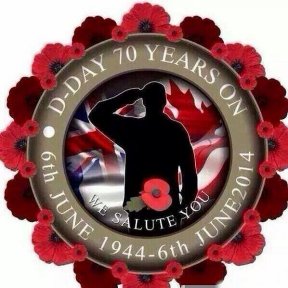

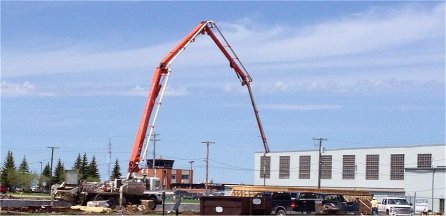
![]()
